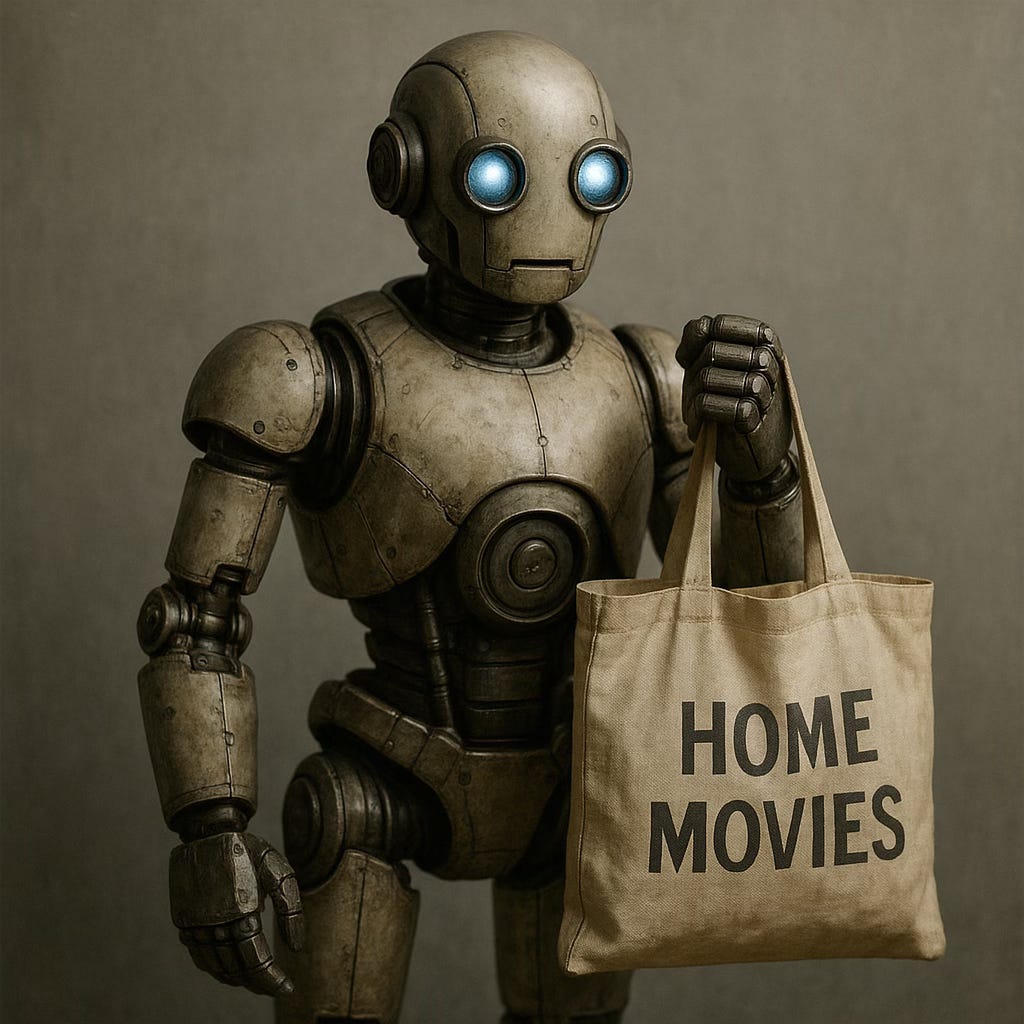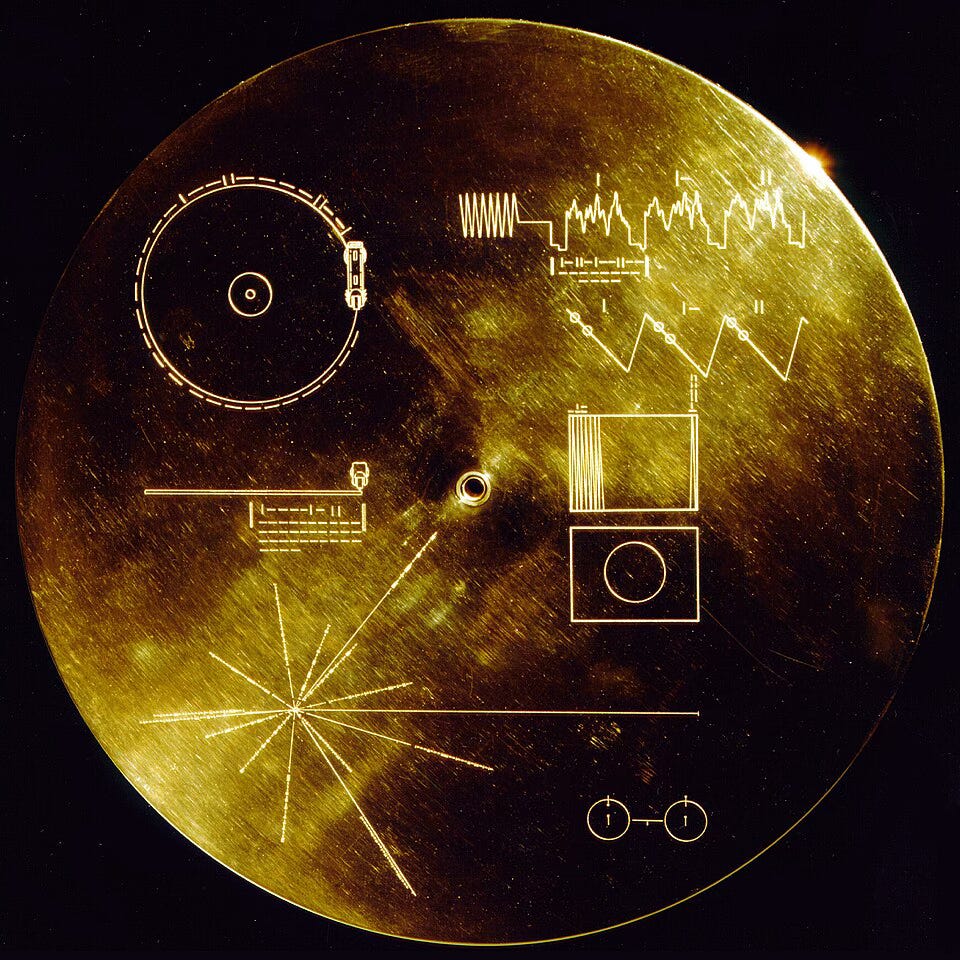The desire to preserve our memories seems to be a core characteristic of being human. For hundreds of years it was done in paintings rendered by gifted artists. Then photography made it possible to record images without the need for artistic talent. Still cameras led to movie cameras, which led to Hollywood.
Improved technology led to the these both still and movie cameras being available to consumers. When the arrival of the first child transforms a couple into a family, the urge to record every moment of the child’s development takes hold. The baby book is meticulously maintained to record everything. More photos are taken than the average paparazzi takes in a month. Photos are soon supplanted with movies so that every moment can be relived in the future.
Unless you are very disciplined (we are not), you can wind up with boxes of photos that need to be put into an album. Even better would be scanning them so they could be more easily managed in digital form. Being retired, we should get around to that real soon now.
Home movies are a different type of problem. After making the movie with an 8mm camera, you need to connect the camera to your TV in order to view it. You could also connect the camera to a Video Cassette Recorder (VCR) for copying. Oh, but nobody uses those any more. It’s nearly impossible to find blank video cassettes, as most manufacturers have stopped making them.
The solution is to take your 8mm tapes to a service that will transfer them to DVD. Then you’ll have long-term storage that you can view any time. Problem solved. Oh, wait. We don’t have a DVD player any more. Computers don’t come with a DVD player any more, either. Everything is digital, made for streaming.
This is the dilemma faced by one of my daughters-in-law. Her older daughter wanted to see videos taken of her when she was a small child. There were DVDs containing the photos, but no way to view them. I am a bit of a legend within our family for having a large collection of working, but obsolete, bits of hardware. I delved into my Vault of Treasured Trash and found a working DVD player. But it was designed to connect to a computer by USB, not to a TV.
Using the still available (and free!) utility Handbrake, I was able to extract the content of each DVD and make compatible digital files that could be viewed on TV. This solved the immediate problem, but there was bigger one in the form of a stack of 8mm tapes made with 3 different, and incompatible, video cameras. These tapes contained multiple movies of all her other children.
The obvious solution would be to send all of those tapes away to be converted. There is an inherent risk in that. Packages get lost or damaged. Exposure to a strong magnetic field could cause a tape to be rendered unreadable. This may seem unlikely, but modern shipping technology scans packages multiple times to facilitate tracking. It’s possible that this could expose the contents to magnetic fields strong enough to damage the content of magnetic tape.
Fortunately I was able to purchase some additional hardware that allowed me to extract each tape using the camera that made it. The resulting videos are now stored on a single solid state drive which can be accessed by any computer with USB capability. This will preserve my daughter-in-law’s memories until the next big technology shift.
Given the rapid pace of technology, it’s possible that in a few years even digital video will be replaced with something else. Instead of a box of DVDs or tapes, we may need to convert a pile of disk drives into some new form of storage. It’s likely that the one element common to all our methods of saving images will still be reliable electricity. Without that nothing we’ve saved can be viewed.
Back in 1977 NASA launched Voyager, a spacecraft designed to leave our solar system and hopefully be discovered by some other civilization. It contains a gold record, with sounds and images from Earth. Hardware is included, along with instructions on how to play the record. If we want future generations to have a look at our lives, this might be a good way to preserve our history. Of course it’s far too expensive to be practical.
The irony is that the low-tech methods of preserving memories is more secure in the long run. Consider our ancestors who recorded their lives on the walls of caves. Most of their paintings are still quite legible. Then there are the Egyptian tombs, with the history of the occupant recorded on the walls.
Even a humble photo album can last a while if handled with care. My wife still has her mother’s album, which is more than 100 years old.
Suppose that several thousand years from now someone arrives, perhaps guided by the Voyager record. As he wanders around, trying to make sense of the mess we left behind, he picks up an iPhone. The battery died long ago, and the Internet along with it. It’s simply a shiny lump of plastic and metal, with no hint at what it might be used for. If, however, our alien manages to find the caves with the artwork of our ancestors, he will conclude that we were a very primitive species indeed.




After 45 years of chasing technology in one form or another, I am slowly adding back a very heavily-curated set of - gasp - paper books into my small library against the day that we have only eyeballs, daylight, and stories. I'll be the wonder of the neighborhood, or at least the cheerful crone who can lend books to the kids. Or something!
And even though I have digitized all the paper photos - I was fortunate enough to be a beta tester for a friend's high-speed photo scanning equipment experiment - I still find them faster in the album. I just went looking for one from the 1980s yesterday, and I found it in about 2 minutes via visual placement in a bookshelf. I would still be opening folders of JPGs on the hard disk if I'd tried to find the digital version. I think I'm becoming a Luddite at long last.